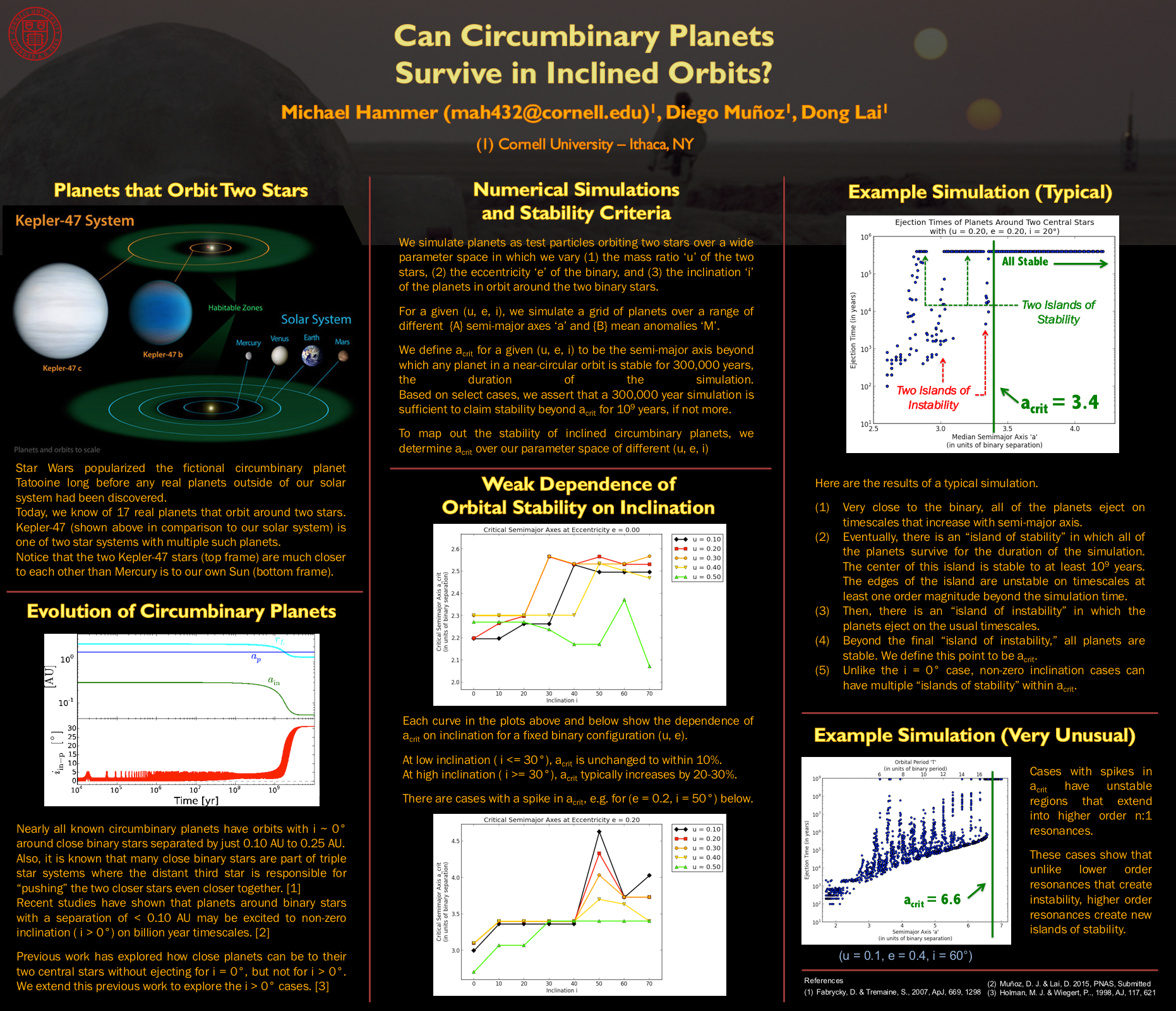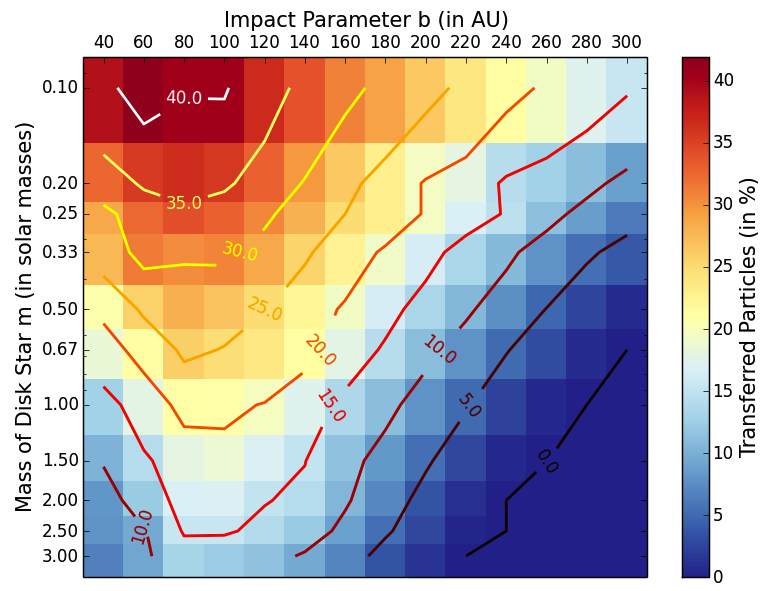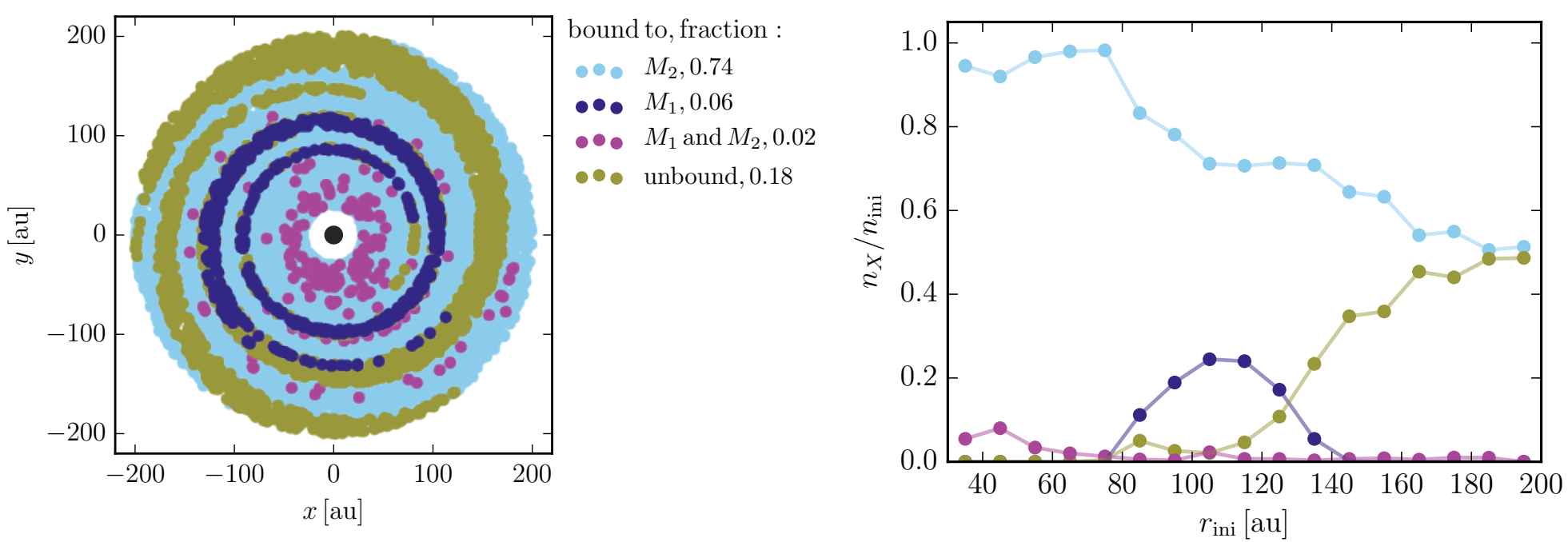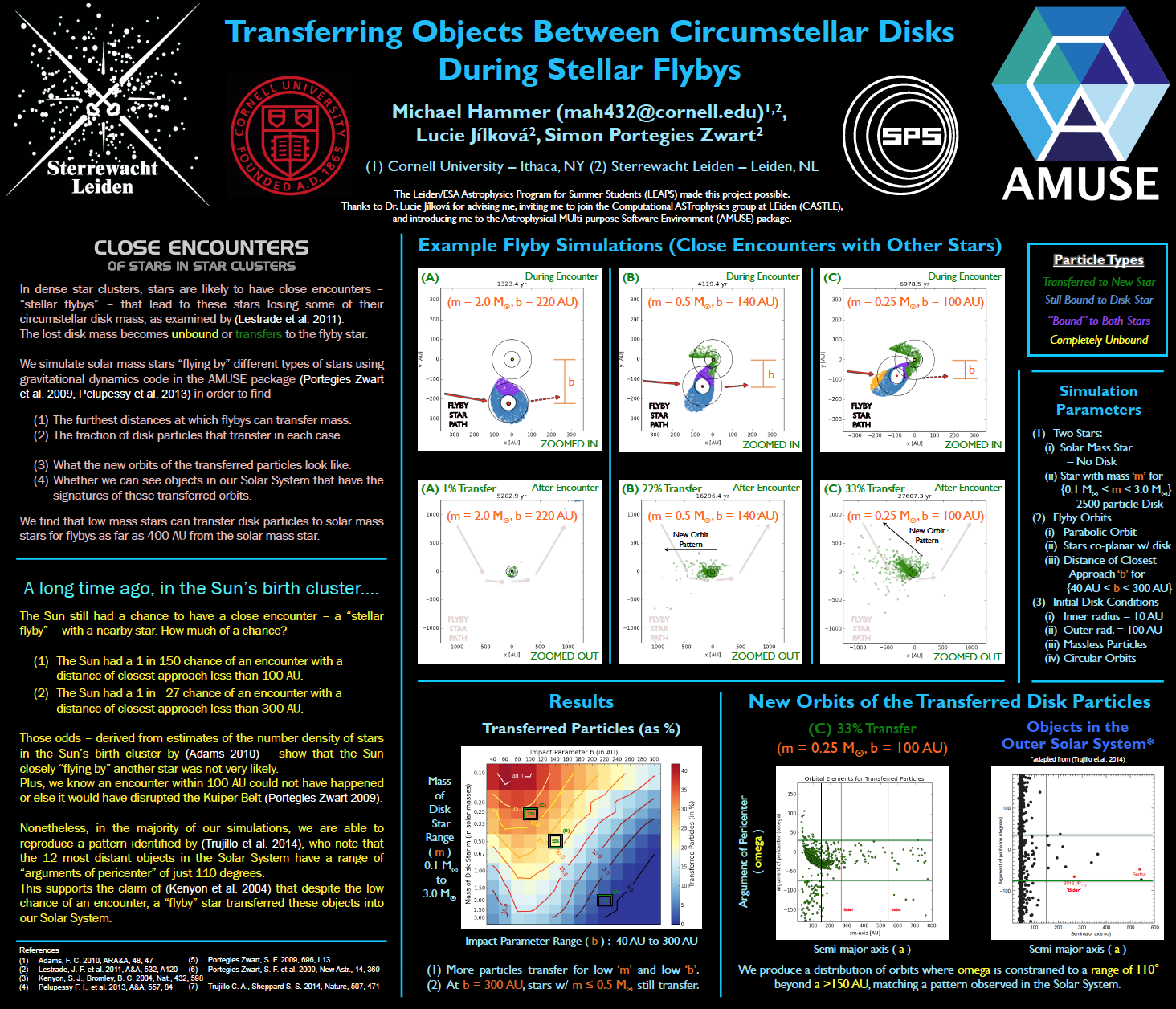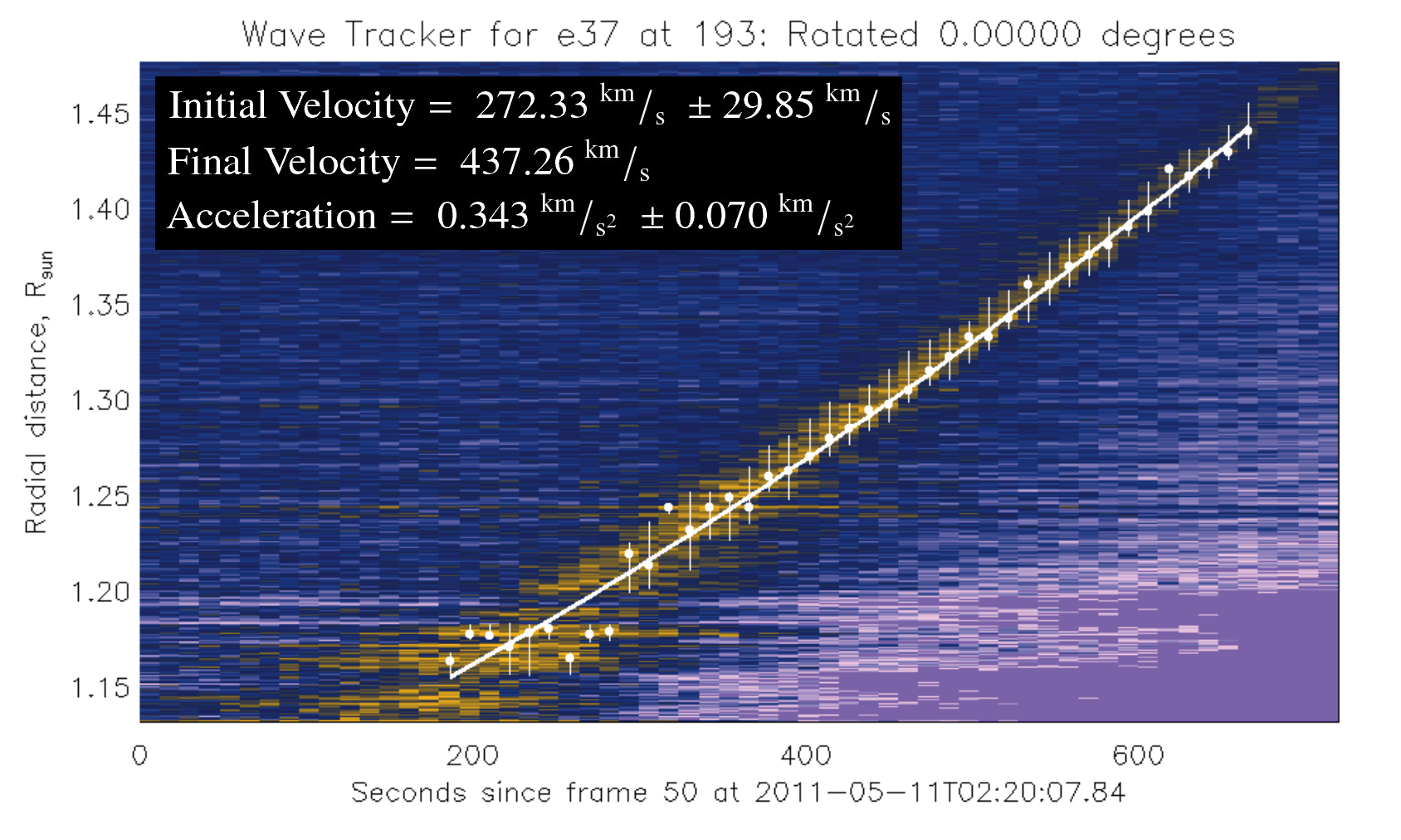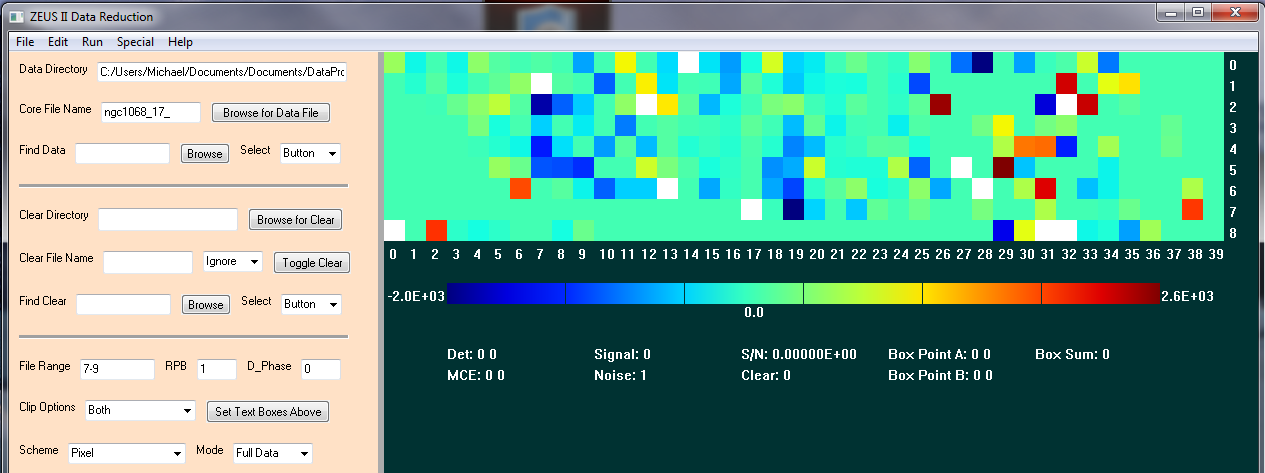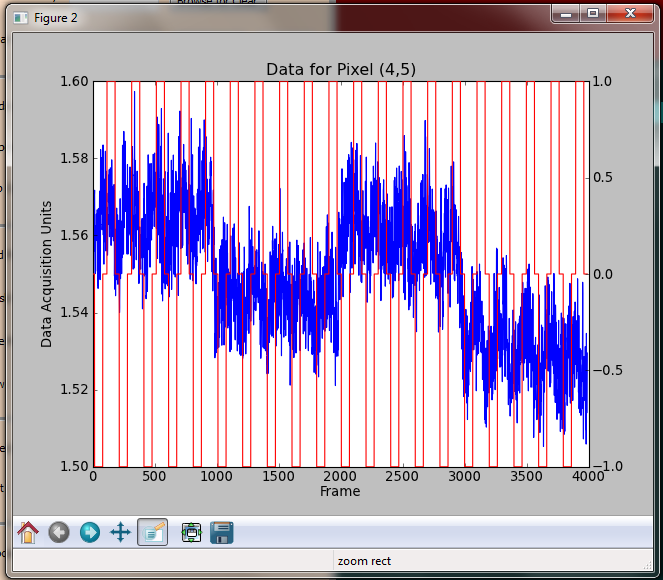Undergraduate Research Table of Contents
- Section 1 (Cornell: 2014-15): Keeping inclined circumbinary planets stable.
- Section 2 (Leiden: Summer 2014): Transferring debris disk material during stellar flybys.
- Section 3 (Harvard: Summer 2013): Connecting solar energetic particles with coronal shock waves.
- Section 4 (Cornell: 2011-12): Reducing sub-mm data.
Keeping inclined circumbinary planets stable.
Unsubmitted paper (ca. 2017): Stability boundaries of circumbinary planets in inclined orbits
Cornell Grad Student Post-doc Seminar presentation (informal): GSPS.pptx, PDF Version
Cornell Astronomy Undergraduate Research Forum poster: PDF Version
I worked on this project with Dr. Diego Muñoz and Prof. Dong Lai from January 2014 through August 2015 (from junior to senior year).
Transferring debris disk material during stellar flybys.
MNRAS paper #1 (04/2016): Mass transfer between debris discs during close stellar encounters
MNRAS paper #2 (11/2015): How Sedna and family were captured in a close encounter with a solar sibling
LEAPS Symposium presentation: LEAPS.pptx, PDF Version
AAS 225 poster: PDF Version
Scientific American article: Sun Accused of Stealing Planetary Objects from Another Star
When you go to sleep at night, do you worry about the possibility of another star passing too close to the Sun and disrupting our solar system? Relax. There is no chance that will happen, at least not today. However, a long time ago when the Sun was very young, a stellar flyby like that may have been plausible if not probable. The Sun, like all stars, was born in a cluster made up of many young stars that were not very apart from each other compared to the solar neighborhood today. Certainly, some other star must have passed by near the Sun. It is just a question of what type of star (in terms of mass) and how close did it get?
Other studies (most notably Lestrade et al. 2011 at the time) had investigated to what extent flyby stars could disrupt the debris disk around the Sun or another star while they were still young enough to reside in their birth clusters. They found that flybys were a threat to deplete a signifcant fraction of a star's debris disk material provided that the number density of stars in the cluster was reasonably high (comparable to the Orion cluster).
What happens to all of that lost debris disk material? After realizing that we didn't know, we started to do our own flyby simulations using an N-body integrator in the AMUSE package. Let's take a look at what happens below in two movies where the Sun in flying past and disrupting a star with a debris disk:
As you can see in the movie, not all of the material that becomes unbound is completely lost. Some of it becomes bound to the other star. This means that stellar flybys are capable of transferring objects in a debris disk (think planetesimal-sized!) from one star to another! We conducted a parameter study in which simulated a wide variety of flybys with different stellar masses and distances of closest approach in order to determine how close different types of stars needed to get to transfer objects to the other star. I found that the lowest mass stars can transfer objects at distances of up to 400 AU (see first panel of figure below).
More specifically: What happens to the transferred objects? If you go back to the movies at the beginning, you will notice that the vast majority of transferred objects all end up on one side of the star. (In technical terms, most of the transferred objects have a narrow clustering in their arguments of pericenter.) A similar pattern in the arguments of pericenter has been observed in the Sedna family of objects in our solar system (which has since been suggested as evidence for a yet-to-be-discovered Planet Nine). Could this pattern be explained if the Sedna family of objects were transferred from another star? It is possible; however, we would need an additional mechanism to explain why the precession of the objects' orbits didn't break up this pattern over the last few billion years.
Another application of this pattern might be to look for "lopsided" debris disks around other stars. If these disks have too much material on one side of the star (in other words, a family of objects with a clustering in the argument of pericenter), that may be evidence that the star captured these objects from another star during a flyby.
I worked on this project with Dr. Lucie Jílková and Prof. Simon Portegies Zwart in the summer of 2014 (after my junior year).
Connecting solar energetic particles with coronal shock waves.
JSWSC paper (11/2017): The Coronal Analysis of SHocks and Waves (CASHeW) framework
ApJ paper (02/2015): Properties of a Coronal Shock Wave as a Driver of Early SEP Acceleration
SAO Solar Physics REU Symposium presentation: SAO.pptx, PDF Version
AAS 223 poster: PDF Version
When you go to sleep at night, do you worry about the Sun attacking the Earth with deadly space weather? Unlike with the stellar flybys from Leiden, this actually warrants some concern, at least more than the flybys. We have had dangerous space weather events strike the Earth within the last 200 years, much more recent than the last stellar flyby! However, even more at risk than anyone or anything on the surface of the Earth are anyone and anything in space, where things like astronauts and satellites are not shielded by the Earth's atmopshere.
In particular, astronauts and satellites are at risk of getting hit by Solar Energetic Particles (SEPs) --- fast-moving protons, electrons, ions that can be launched out of the Sun on shock waves (see movies below) created by Coronal Mass Ejections (CMEs). Luckily for us, only about 1% of CME shock waves unleash a dangerous amount of SEPs and even fewer of these actually travel towards the Earth. Still, CMEs in general can occur very frequently, about once per day! As a result, it is still important to study them. In particular, we would like to figure out which 1% of CME shock waves unleash dangerous amounts of SEPs.
To answer that question, we first need to find some shock waves triggered by CMEs to study. Check out one example in the two movies below!
Overall, I found 15 events in LMSAL over a three-year period that looked like good candidates to be shock waves from the movies. Roughly half of these were verified to be shock waves based on radio burst signals detected near the exact time of the observed waves. What about the other events: Could these also be shock waves? Yes, they may have also produced a radio signal -- as any shock wave would -- but it may have been too weak to detect or just missed by our telescopes.
Because of the lack of information from any lack of a radio signal, we wanted to measure the kinematics of the wave candidates directly from the movies themselves in order to help confirm that these events are shocks. Check out an example below that illustrates how we measured a wave's velocity and acceleration based on its radial distance from the Sun as a function of time!
This kinematic data may also be useful for answering our main question of which shock waves unleash dangerous amounts of SEPs (if for instance, it turns out that only shocks above a certain velocity or acceleration are responsible for those SEPs).
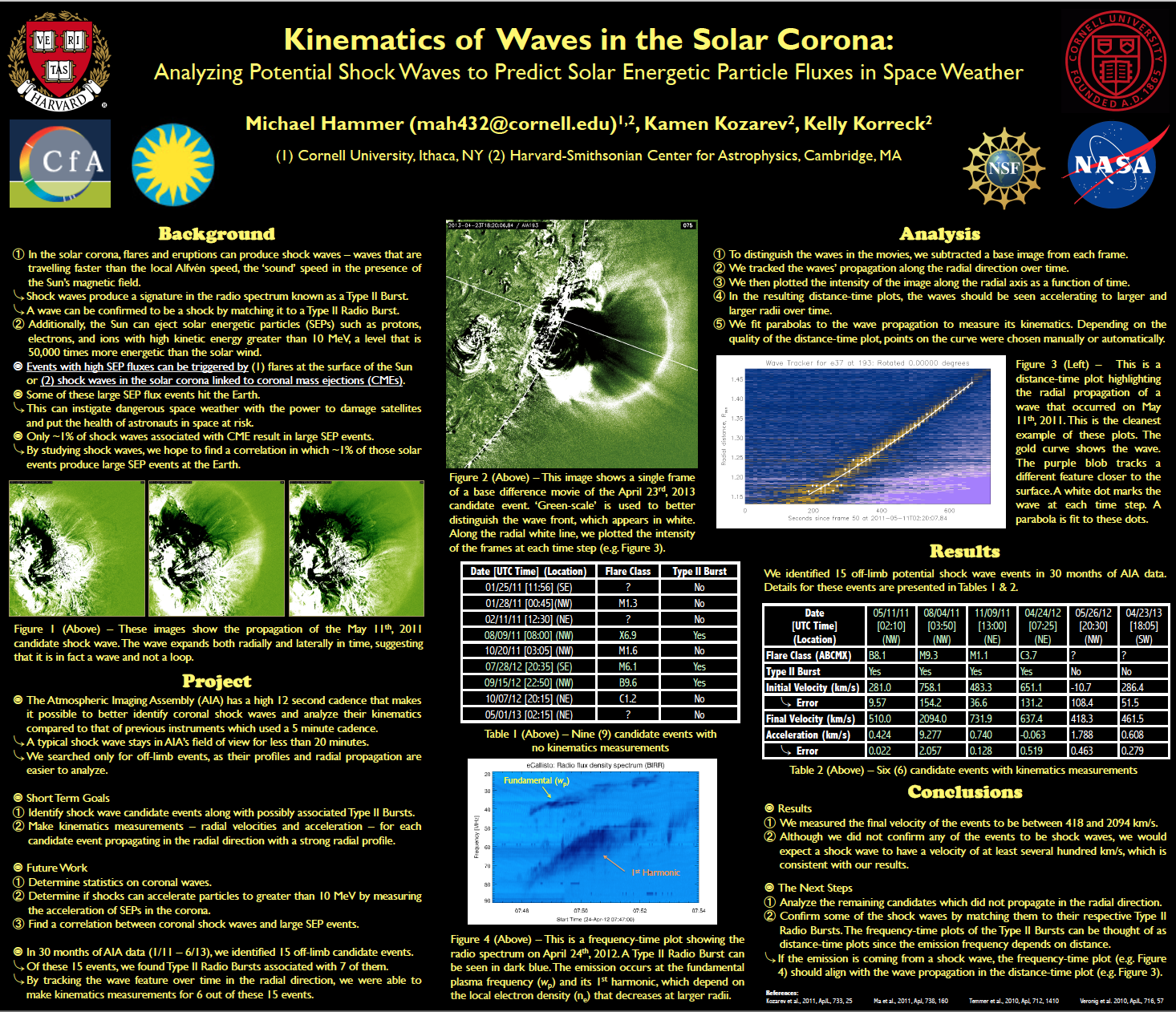
I worked on this project with Dr. Kamen Kozarev and Dr. Kelly Korreck in the summer of 2013 (after my sophomore year).
Reducing sub-mm data.
My first research project at Cornell was in the Sub-mm Instrumentation group, where I did not build any instrumentation. Instead, I designed a graphical user interfact (GUI) program that the group uses to produce, display, and analyze spectra from their ZEUS-2 spectrometer. Take a look at some of the GUI below.
There are a variety of things you can do with the GUI. On the left, there are options for selecting data, clears, and filtering options, among other things. On the right, the GUI displays spectra across ZEUS-2's 2-D bolometer array of pixels. Users can select different pixels to view the data time series for that pixel (see the image below), or different rows to view the 1-D spectra for the entire row.
In general, the group uses the ZEUS-2 spectromenter (and the GUI) to study star formation in high-redshift galaxies. You can read more about the group's research in the sub-mm wavelengths on their website.
I worked on this project with Dr. Thomas Nikola and Prof. Gordon Stacey from November 2011 through November 2012 (from freshman to sophomore year).
Contact Info
Find me in my office, or send me an email!
